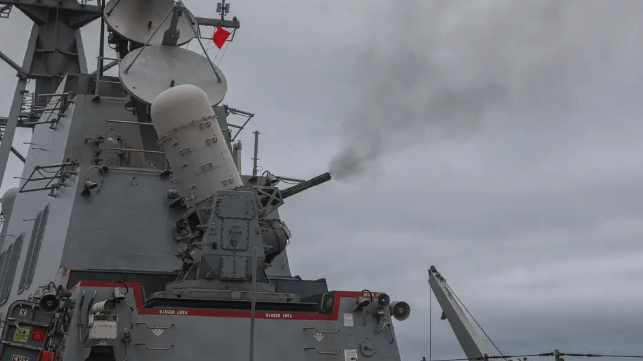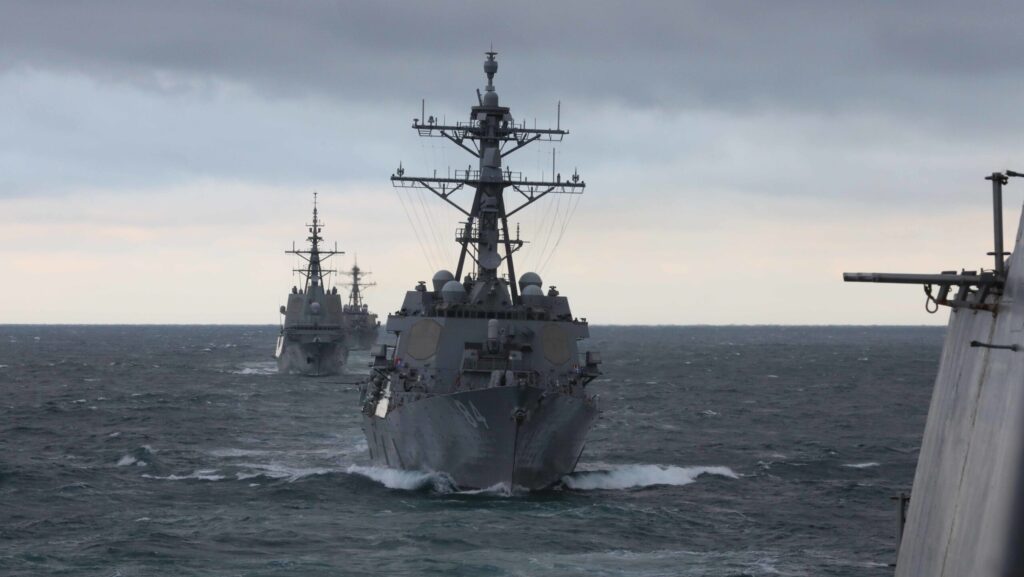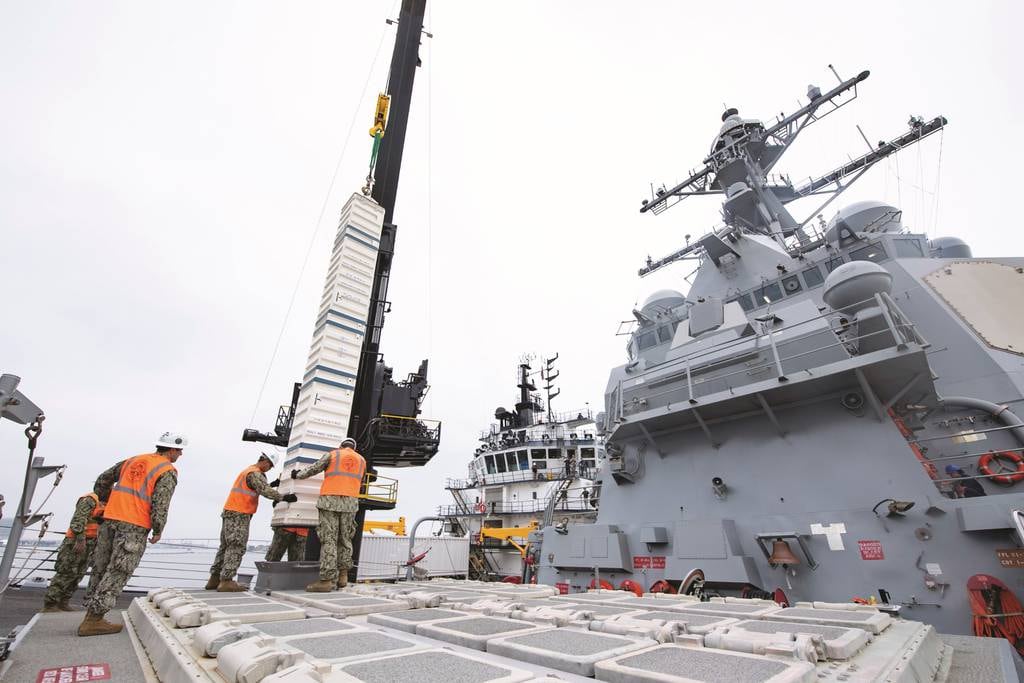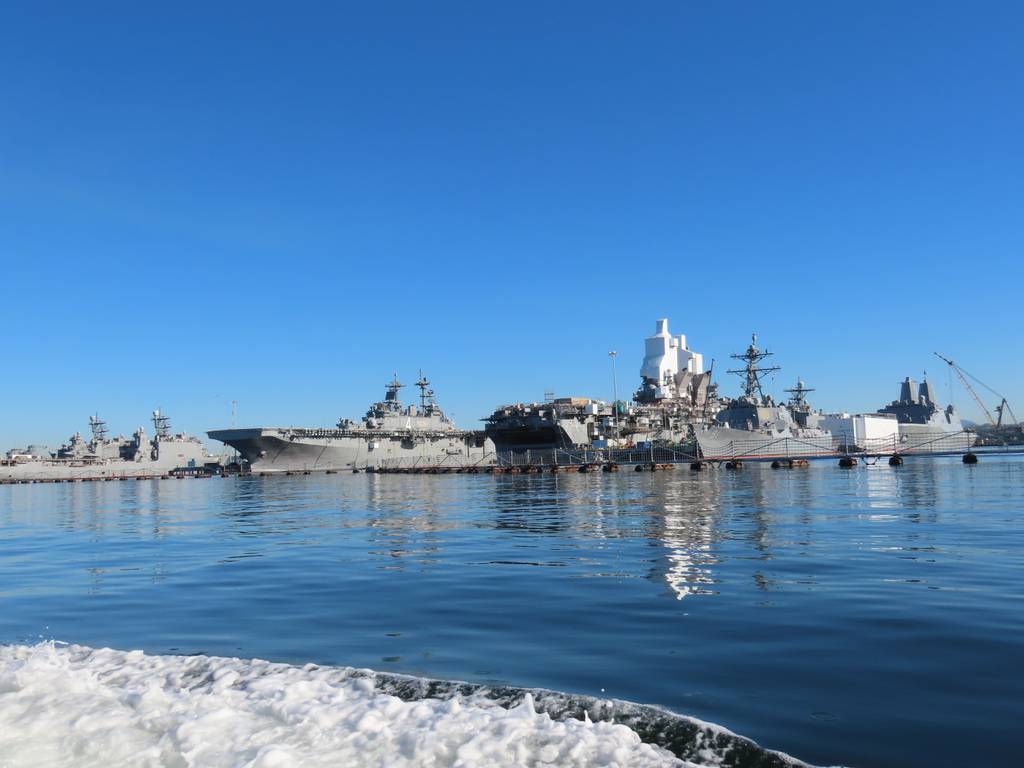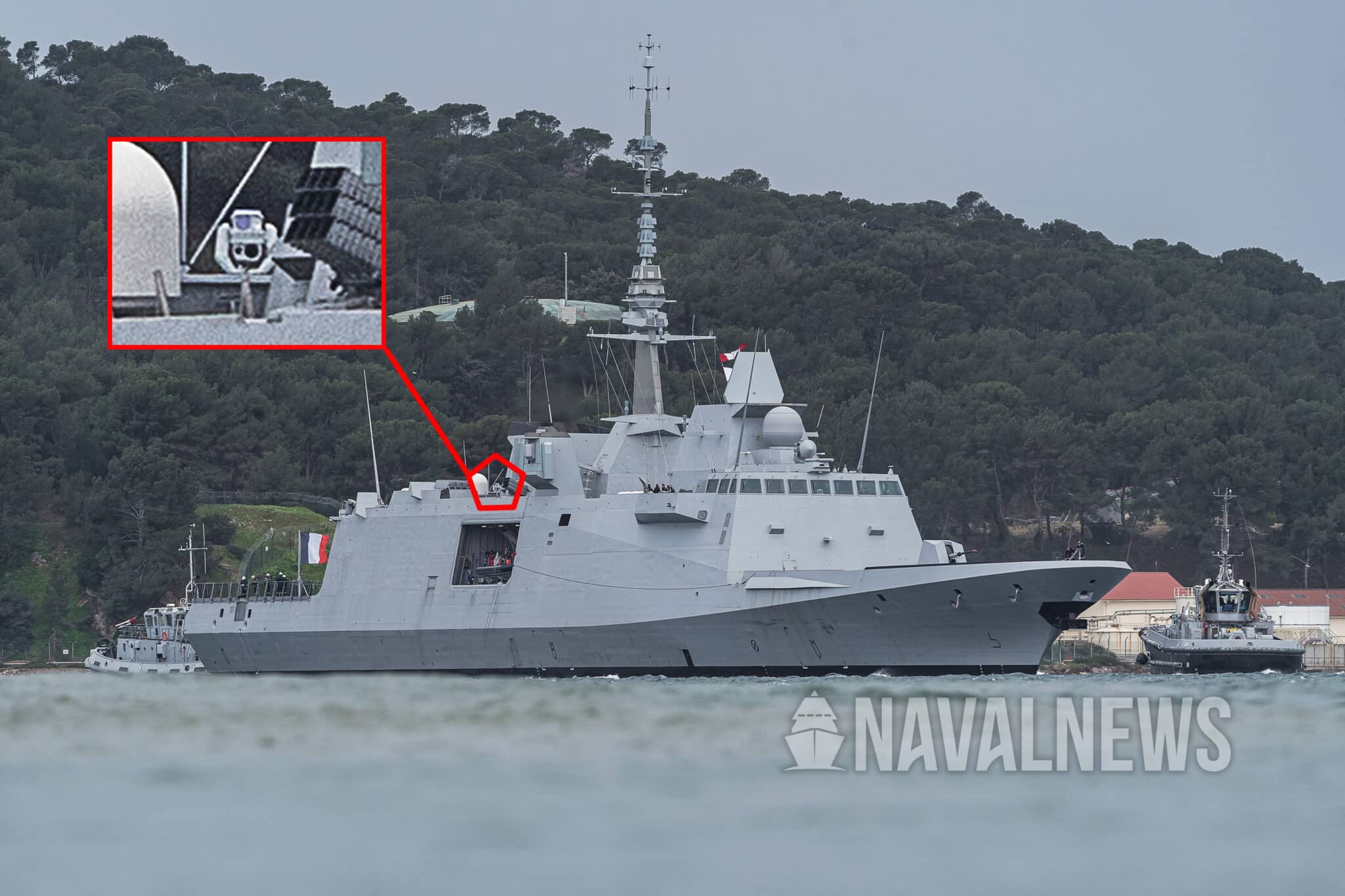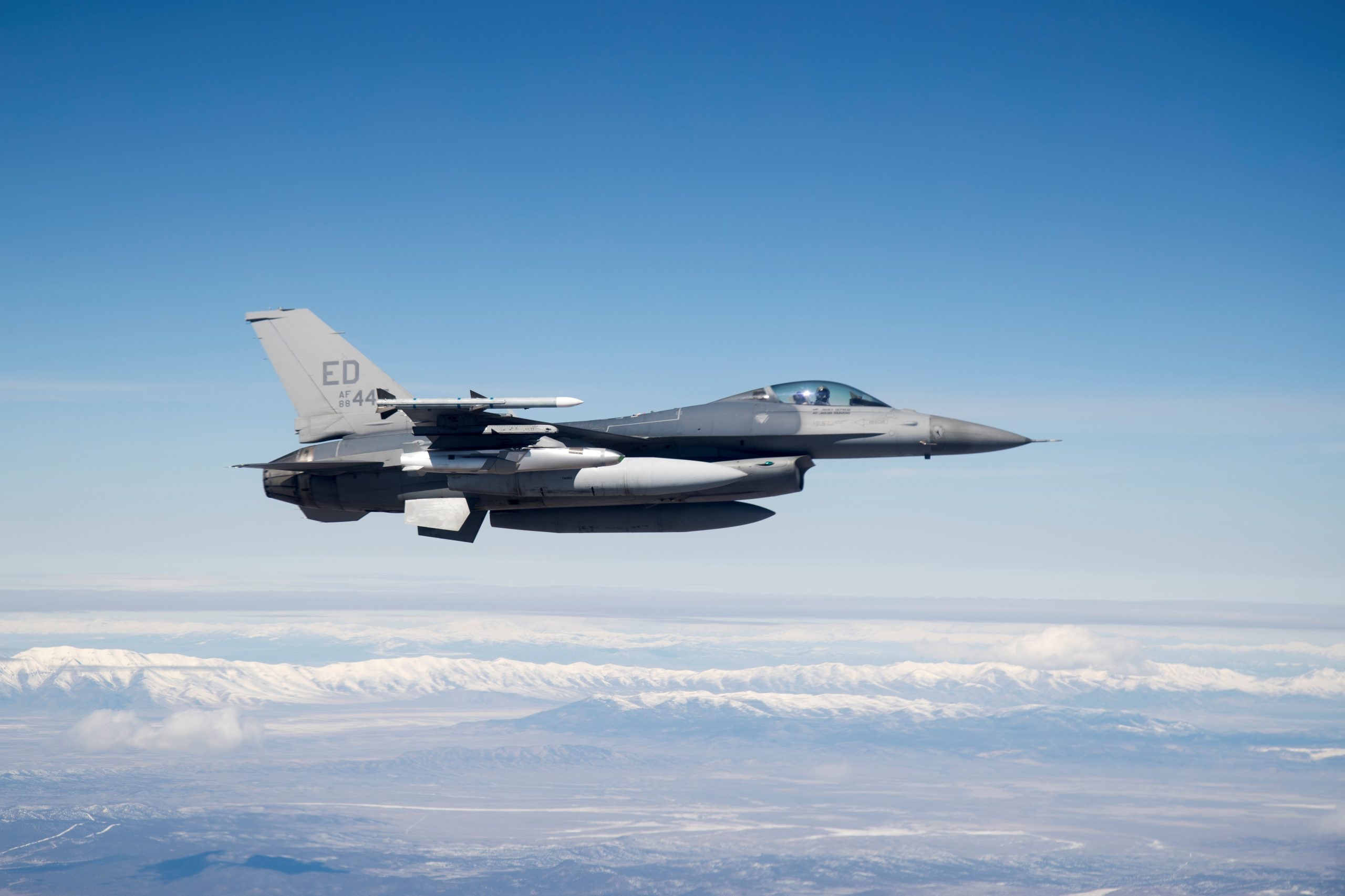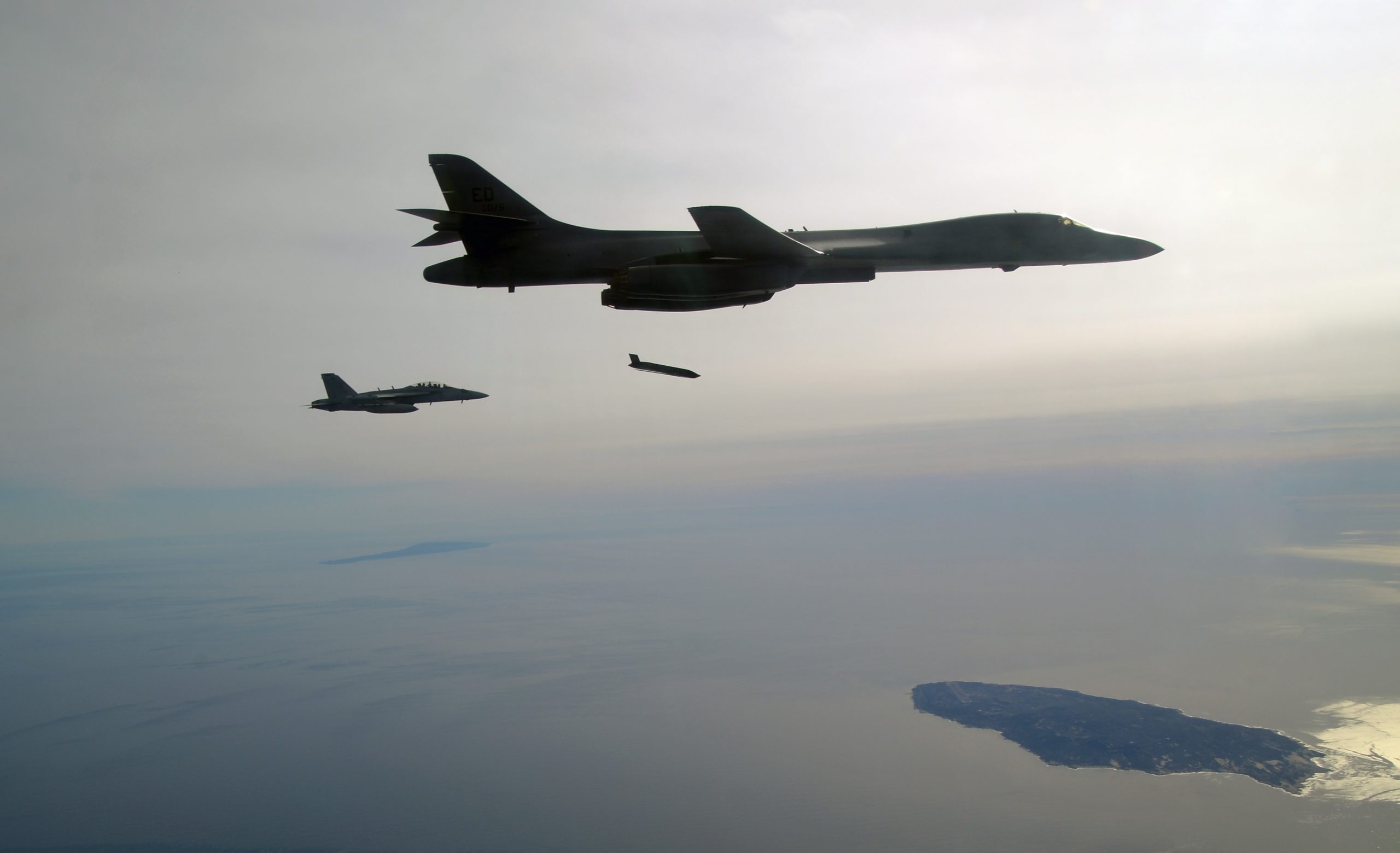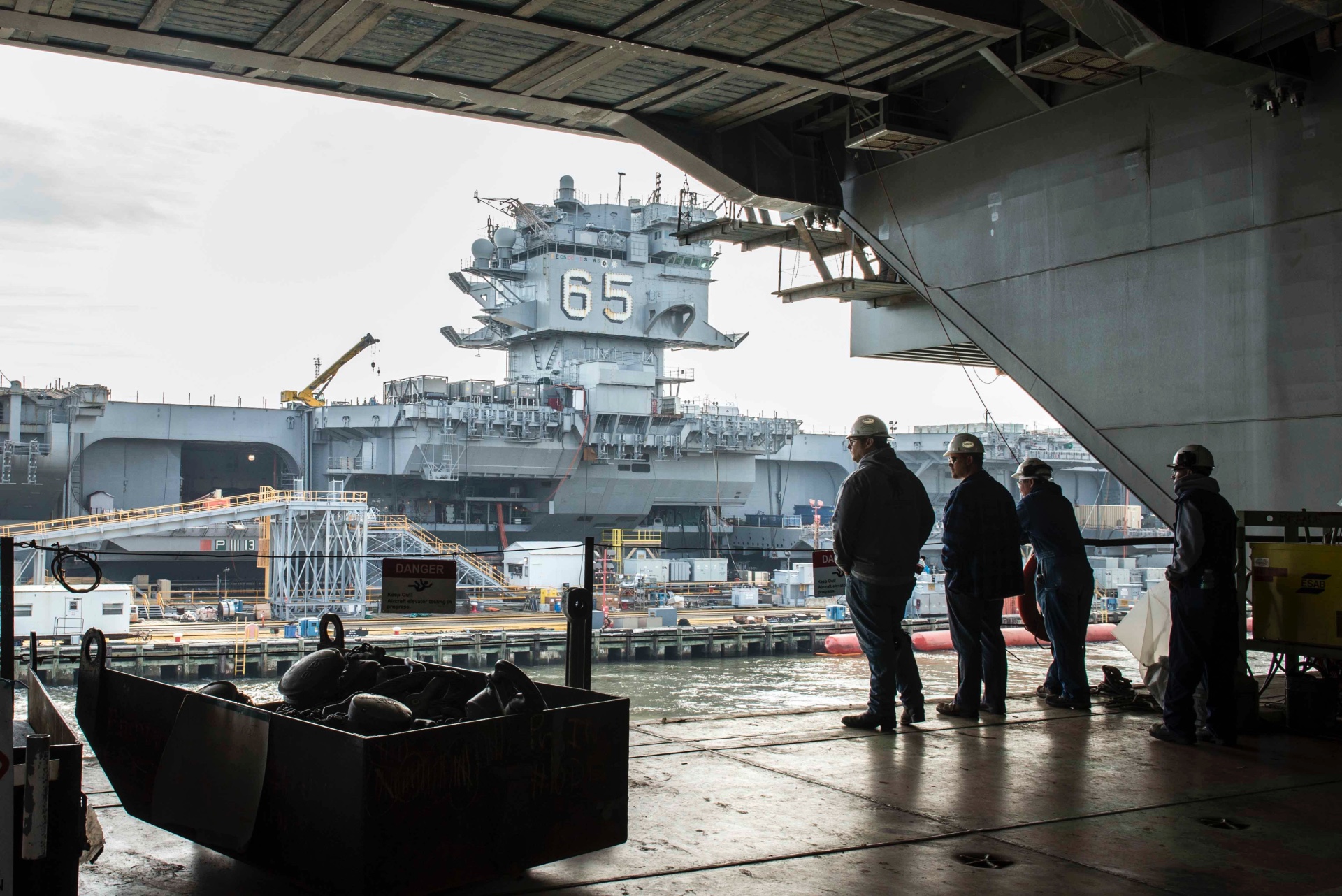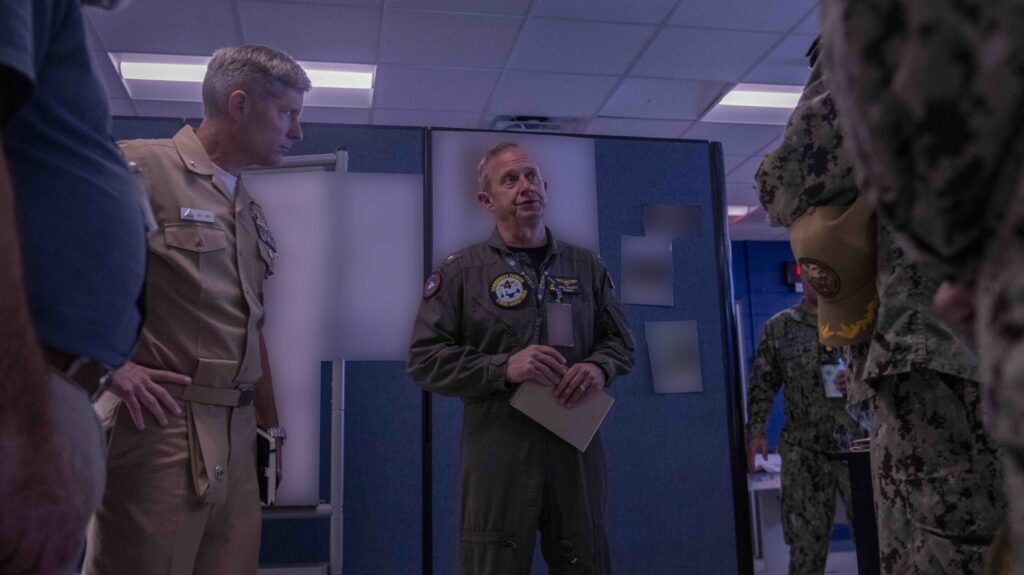I want the capability to do opposed landings just in case there's not enough time to roll back the A2AD bubble from the mainland.
Absolute worst case scenario short of nuclear weapons deployed. PLAN marines land and start executing every Taiwanese citizen for not welcoming their "liberators" with open arms.
A carrier needs to be practically on the coast of Formosa to have Super Hornets reach the launch sites for the Chinese AShBMs, the "optimal" weapon to hit the A2AD sites on the Mainland is an ICBM or at least a Tomahawk.
That seems ass backwards to me and a recipe for total disaster on top of a waste of resources. I will leave it at that so we do not go further off topic.


